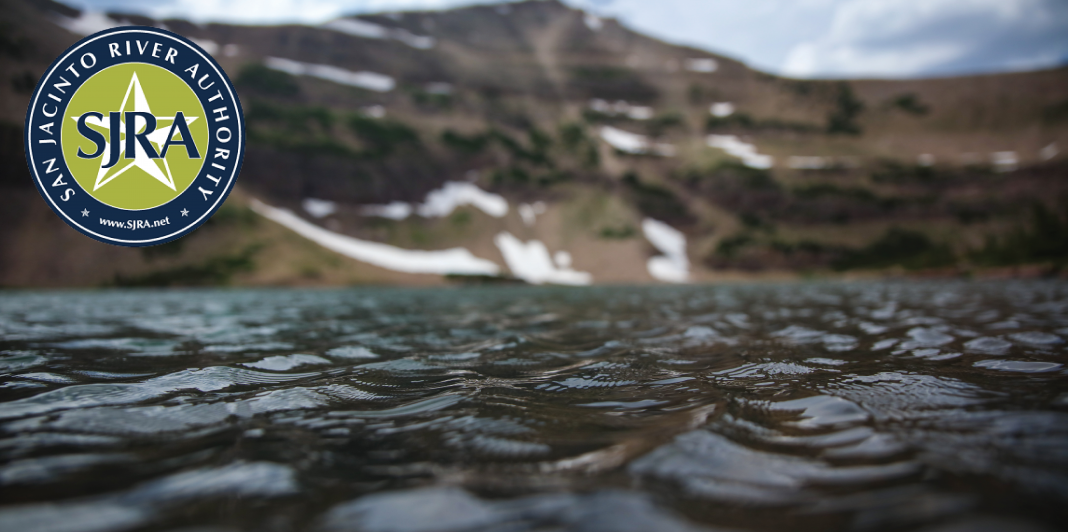If you follow the SJRA and its activities, a couple words you may hear often are “groundwater” and “surface water,” and you might find yourself wondering, what is the difference?
Both are H20, and both are used to meet the drinking and other water needs of SJRA’s various customers, but both also come from very different locations, and require different processes to obtain and provide.
Let’s start with groundwater. Groundwater is the water located underground that fills the voids, cracks, and other openings in the various layers of rocks, sand, and soil that make up the Earth. Rain and, less so in our part of the world, melted snow, flow into creeks, rivers, lakes, oceans, and other recharge areas, where a small amount eventually percolates or seeps down into underground aquifers, which are layers of water-bearing, permeable rock or unconsolidated materials such as grand, sand, silt, or clay, from which groundwater can be pumped using a well.

Aquifers exist at varying depths beneath the surface of the earth and produce water with different characteristics such as temperature and salinity, or saltiness, which can impact the type of treatment required before providing the water to the public. The depth of an aquifer, along with the amount of water needed, determines the size of the pump needed to pull water from the aquifer. Private residential wells, needing only a small amount of water and tapping into relatively shallow groundwater, are much smaller than municipal wells drawing water for a large area, from hundreds of feet below the Earth’s surface, such as those operated by SJRA.
You’ve probably already figured out what surface water is, based on some of what was said before, if not based just on the name. The portion of the water that flows into the creeks, rivers, lakes, and oceans that hasn’t yet seeped into the ground, is surface water. Surface water, like groundwater, is used to meet residential, agricultural, commercial, and industrial needs. It can be pumped like groundwater, though the infrastructure to do so looks a bit different, and due to not experiencing the natural filtration that typically occurs to groundwater as it seeps through layers of sand, surface water often requires more extensive treatment than groundwater, especially in the case of residential or other water for consumption or direct use by people.

Both surface water and groundwater are invaluable resources to Montgomery County and the State of Texas, and SJRA takes pride in providing water of the highest quality to its customers from both sources.
One of the major river authorities in Texas, SJRA’s mission is to develop, conserve, and protect the water resources of the San Jacinto River basin. Covering all or part of seven counties, the organization’s jurisdiction includes the entire San Jacinto River watershed, excluding Harris County.
For additional information on SJRA visit our website at
www.sjra.net
like SJRA on Facebook @SanJacintoRiverAuthority, or follow us on Twitter @SJRA_1937, or find us on Instagram @SanJacintoRiverAuthoritySJRA.















